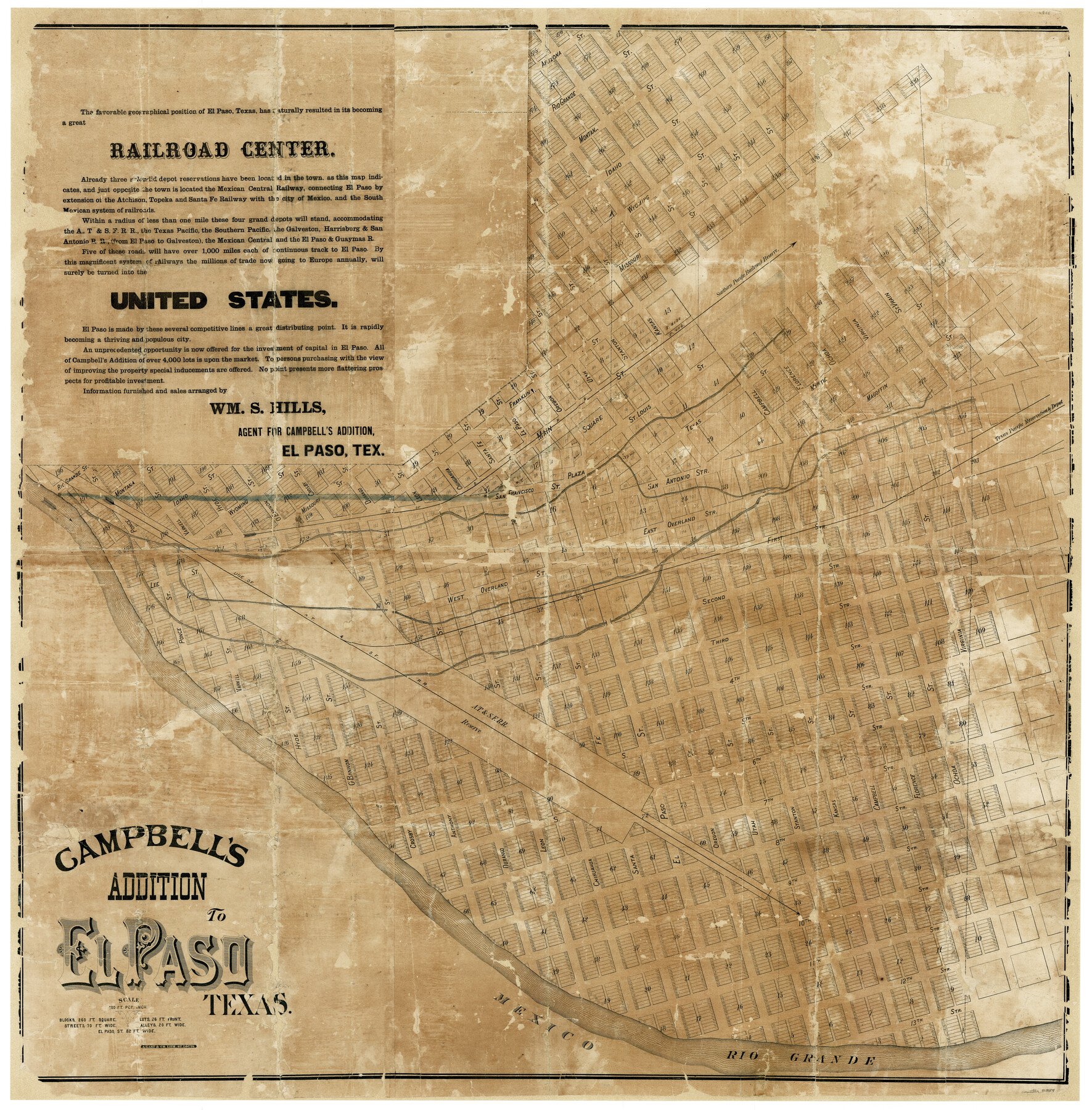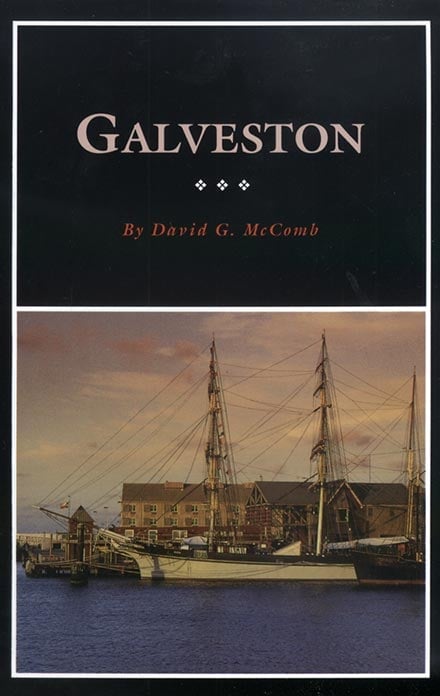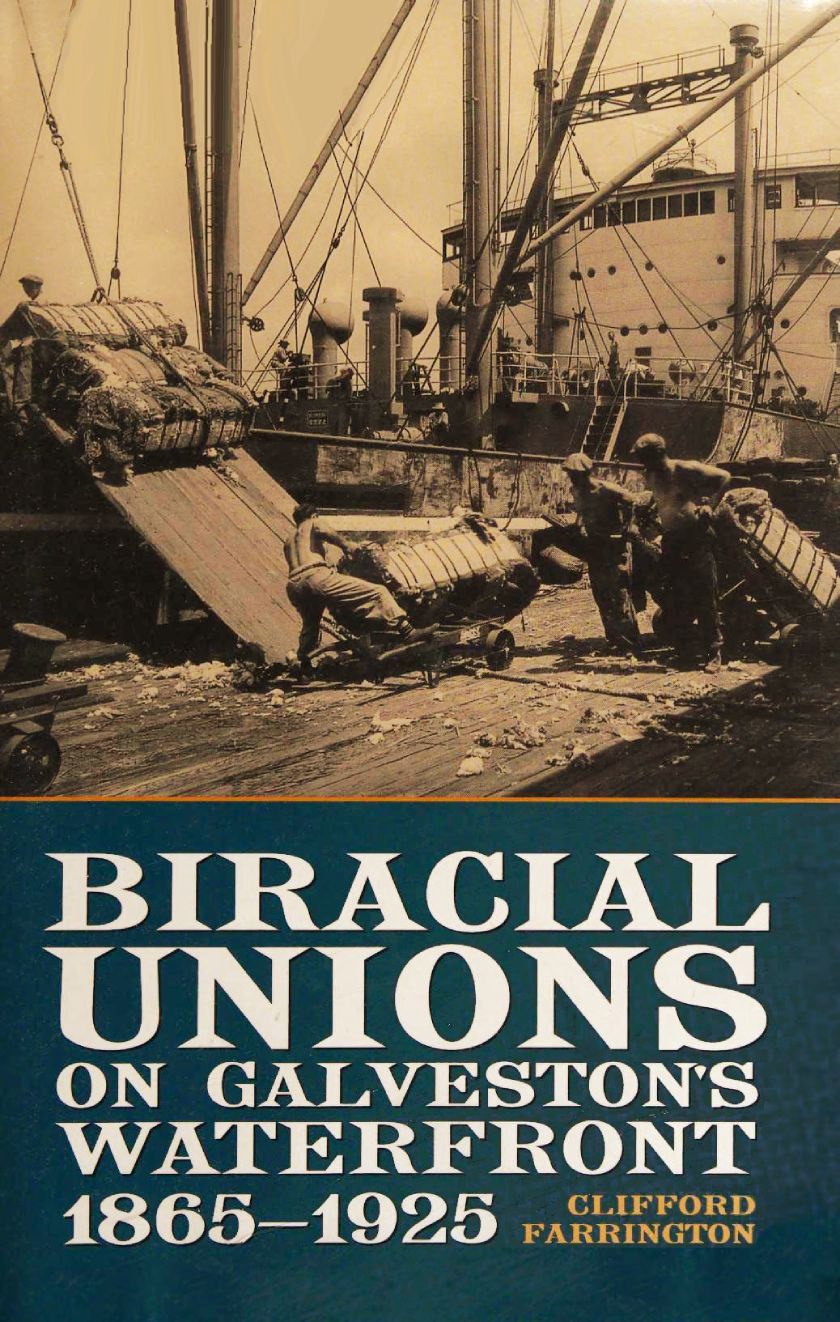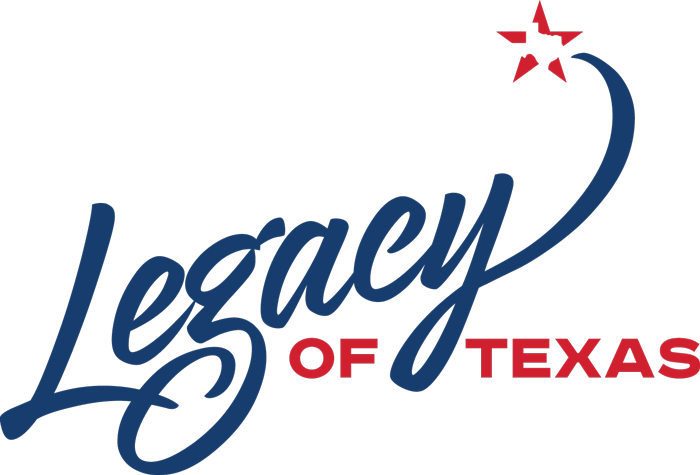Founded in Kansas in 1859 by Cyrus K. Holliday as the Atchison and Topeka Railroad, the Atchison, Topeka and Santa Fe Railway system became one of the largest and most profitable railroads in the Southwest. Holliday envisioned a line that would link Kansas with the Pacific Ocean in California, with Mexico City, and with the Gulf of Mexico, as well as with Santa Fe. By 1887 the Santa Fe, as it is popularly called, extended to Los Angeles from Kansas City; it completed a line from Kansas City to Chicago the next year. Boston and European investors provided most of the capital to build this rapidly growing system, and, led by William Barstow Strong, the management sought to tap markets in Texas. The Santa Fe reached Texas in 1881 with the completion of its line from Albuquerque to El Paso. By 1888 the Santa Fe had also entered the Panhandle of Texas with a line from southern Kansas to Panhandle City with service later extended to Amarillo. The company's builders sought an outlet on the Gulf of Mexico as a market for Kansas wheat and an entry into the burgeoning cattle and cotton production of Central Texas. In 1886 the Santa Fe arranged to acquire the Gulf, Colorado and Santa Fe Railway to obtain a connection to the Gulf of Mexico.
The GC&SF had been formed in 1873 by leading citizens of Galveston to build a line around Houston toward the northern and northwestern portions of the state. Aided by a grant of state lands, the company slowly constructed lines from Galveston to Lampasas, Fort Worth, and Dallas, with branches to Houston and Conroe. The leaders of the GC&SF and the Santa Fe agreed to construct a line across Indian Territory to link the two companies. The GC&SF built north from Fort Worth to Purcell, Indian Territory, where it joined the Santa Fe's new line from Kansas. After completion of this project in 1887, the Santa Fe began to build additional lines in Texas.
In order to meet the terms of Texas law that required all Texas railroads to be headquartered in the state, the GC&SF was operated as a subsidiary from its offices in Galveston. The track was extended east and north to Beaumont and Longview and northwest to Brownwood. Additional lines were constructed in the Panhandle, and in 1914 the Coleman Cutoff from Brownwood through Lubbock to Texico provided a new, shorter route from Houston to California. The Santa Fe incorporated another subsidiary, the Panhandle and Santa Fe Railway, headquartered in Amarillo, to consolidate its trackage in West Texas and to build new branches to Lamesa, San Angelo, and Stratford. The P&SF line through Pampa, Amarillo, and Hereford became part of the Santa Fe's major freight route from Chicago to California. Though many corporations were formed to construct these lines, the GC&SF and P&SF were the major subsidiaries of the Santa Fe in Texas.
Another significant acquisition, the Kansas City, Mexico and Orient Railway, purchased in 1928, gave the Santa Fe a line south from Wichita, Kansas, through Sweetwater and San Angelo to Presidio. Even in the 1920s and 1930s the Santa Fe continued to build or purchase track in the Panhandle and on the Edwards Plateau. The last major construction of a new branch into Dallas from the mainline at Sanger through Denton occurred in 1955.
In 1972 the Santa Fe operated 1,771 locomotives and 74,008 freight cars; net income for that year was $80,866,000. By 1980 the Santa Fe operated a system 12,209 miles in length, of which 3,508 miles were in Texas. A change in Texas statutes allowed for the merger of the GC&SF and P&SF into the Santa Fe system in 1965.
The Santa Fe acquired diverse business interests in Texas. In the 1930s the railway purchased the Kirby Lumber Company, a major timber operator in East Texas founded by John Henry Kirby. The railway owned truck lines in the state as well as extensive holdings in oil and natural gas. In 1968 Santa Fe Industries was formed in recognition of the many nonrail functions of the company in Texas and elsewhere. This new holding company reorganized the rail, petroleum, real estate, and pipeline operations into new divisions. Santa Fe Industries acquired Robert E. McKee, Incorporated, of El Paso in 1972, adding a construction company and real estate developer to its already extensive urban real estate holdings in Texas.
In 1983 Santa Fe Industries merged with the Southern Pacific Company to form Santa Fe Southern Pacific Corporation, but the Interstate Commerce Commission rejected the proposed merger of the Atchison, Topeka and Santa Fe Railway with the Southern Pacific Transportation Company. After defeating a hostile takeover attempt, the firm sold the Southern Pacific Transportation Company (1988), Kirby Forest Industries (1986), and Robert E. McKee (1987). Several of the pipeline and energy subsidiaries were sold or their securities were distributed to stockholders. The company became Santa Fe Pacific Corporation in 1989.
Is history important to you?
We need your support because we are a non-profit that relies upon contributions from our community in order to record and preserve the history of our state. Every dollar helps.
Keith L. Bryant, Jr., History of the Atchison, Topeka and Santa Fe Railway (New York: Macmillan, 1974). Ira G. Clark, Then Came the Railroads: The Century from Steam to Diesel in the Southwest (Norman: University of Oklahoma Press, 1958). E. D. Worley, Iron Horses of the Santa Fe Trail (Dallas: Southwest Railroad Historical Society, 1965).
The following, adapted from the Chicago Manual of Style, 15th edition, is the preferred citation for this entry.
Keith L. Bryant, Jr.,
“Atchison, Topeka and Santa Fe Railway System,”
Handbook of Texas Online,
accessed May 25, 2024,
https://www.tshaonline.org/handbook/entries/atchison-topeka-and-santa-fe-railway-system.
Published by the Texas State Historical Association.
TID:
EQA10
-
Original Publication Date:
-
1952
-
Most Recent Revision Date:
-
August 7, 2020
This entry belongs to the following special projects:














